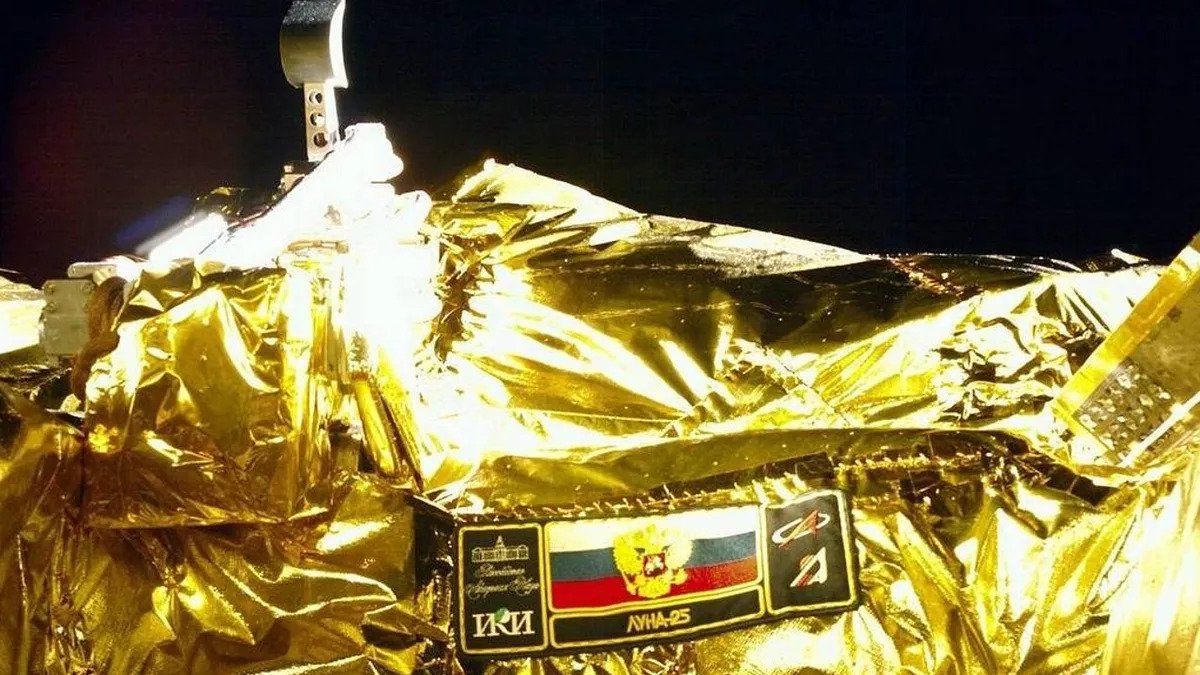Russia’s probe Luna-25 prematurely collided with the Moon and, according to Roscosmos, ceased to exist. Earlier it was reported that an “emergency situation” occurred with the spacecraft, as a result of which it could not correctly perform the maneuver to lower the orbit.

Luna-25 crashed
The Russian interplanetary station Luna-25 has ceased to exist. At least, this was how the situation was commented on by the Roscosmos Corporation. This happened due to a collision with the surface of the moon of our planet after an unsuccessful maneuver.
The first information about this appeared online on the evening of August 19. Then Roscosmos reported that an “emergency situation” occurred on board during the orbit decrease maneuver, as a result of which Luna-25 could not comply with the specified parameters.
Then experts suggested that the spacecraft crashed, but official sources did not report either the causes of the “situation” or its consequences. Attempts to find the probe and contact it continued. However, on August 20, Roscosmos officially recognized that Luna-25 ceased to exist as a result of a collision with the Moon. Contact with it was finally lost at 02:57 p.m. GMT+3.
Russia’s failed attempt to return to the Moon
Luna-25 was supposed to be the first spacecraft of Russia, as the successor of the USSR, which would make a soft landing on the surface of the Moon. The previous station, Luna-24, visited the Earth’s moon back in 1976. Therefore, the new probe was supposed to be a kind of return of the country to past achievements.
The Luna-25 project began back in 1997, and its launch was originally scheduled for 2000. However, due to a number of problems, it was postponed for many years, and after the sanctions imposed against Russia in 2014, it was generally under serious threat.
Many believed that Russians could not repeat their past successes, no matter how much they convinced everyone otherwise. However, on August 11, they still managed to launch the station from the Vostochny Cosmodrome.
It was expected that the lander weighing 1,750 kg would land in the Boguslawsky crater, which is located at the south pole of the Moon. Russian scientists expected that six instruments on board Luna-25 would be able to examine the composition of the soil and determine whether there was water ice there. This was extremely important for the future construction of a joint Chinese-Russian base.
On August 13, the spacecraft made the first photograph of the Moon, and on the 16th it successfully entered its orbit. The Russians expected that it would make a soft landing on August 21, thus ahead of the Indian Chandrayaan-3 mission. However, they managed to fulfill this plan only in terms of speed.
According to www.bbc.com, spacenews.com.
Follow us on Twitter to get the most interesting space news in time
https://twitter.com/ust_magazine
